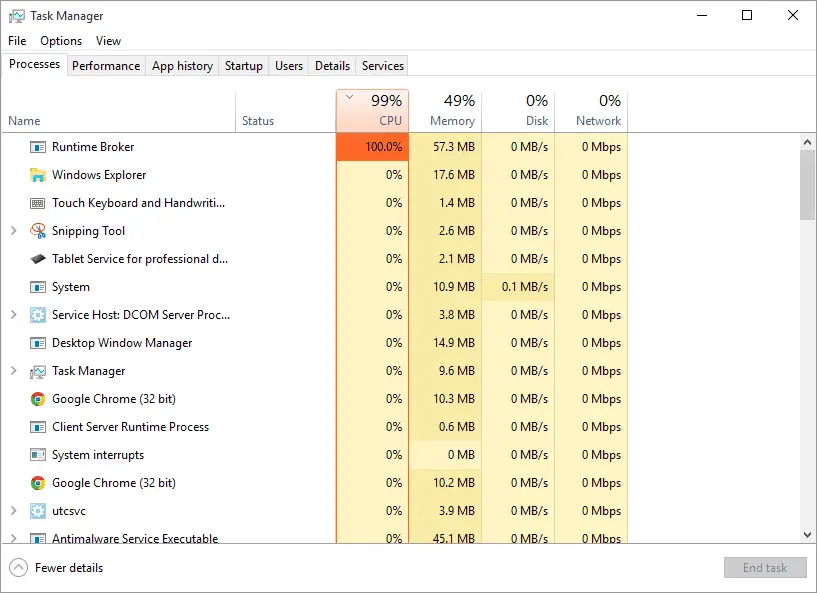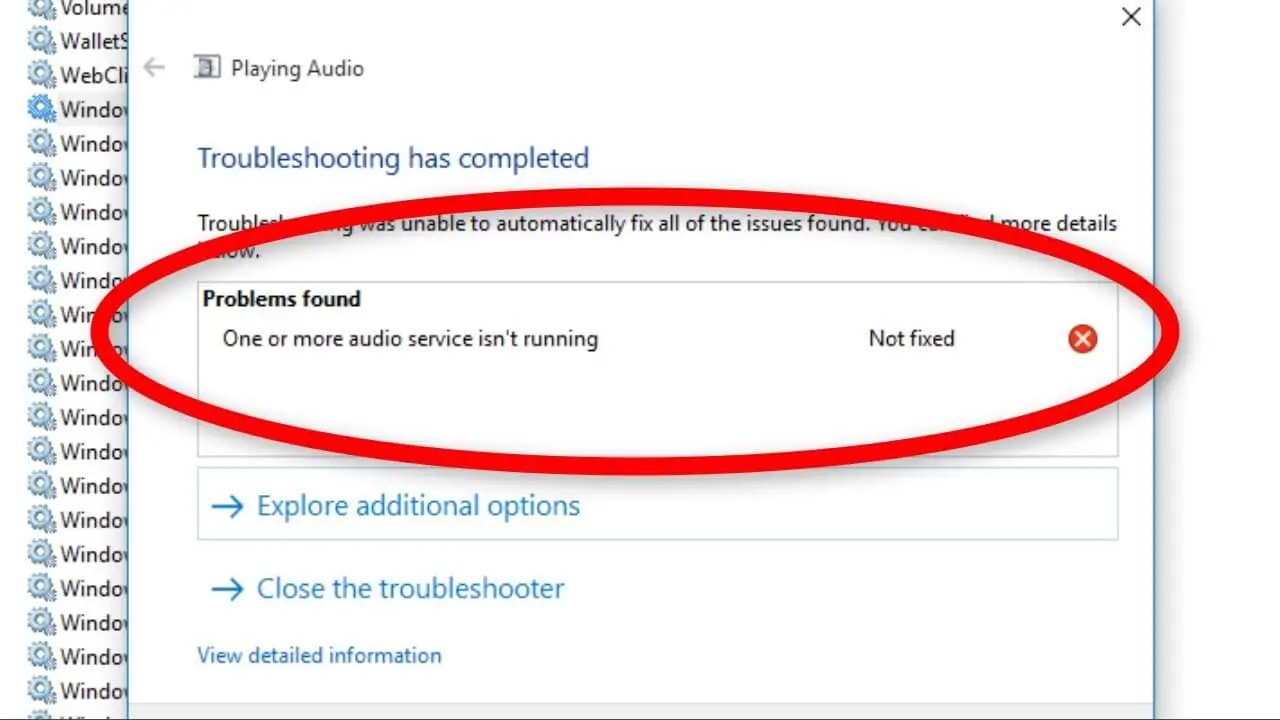How Tos
How To Use Life360 To Fake Your Location
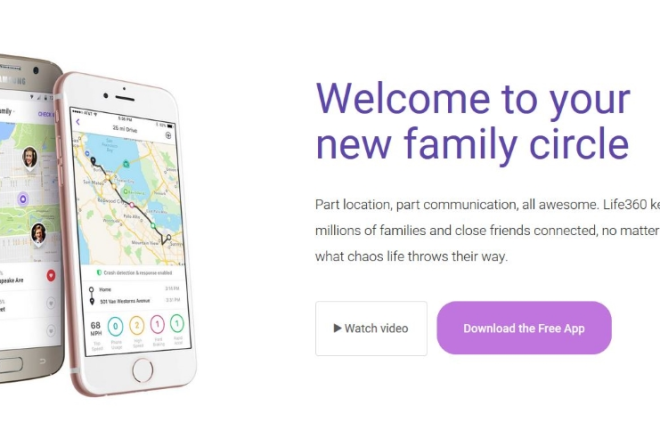
The goal of Life360 is to provide users with peace of mind regarding the whereabouts of their family members through location-sharing communication, chat, and driving safety tools.
The concept is straightforward: after downloading the software to their cellphones, family members (or any other group of individuals that communicate with one another, such as a project team at work), may track each other’s locations in real-time.
Both an Android app for Android 6+ and an iPhone client for iOS 11 and higher are available. Using their phone number, email address, or WhatsApp username, you can invite other users into your Circle after installing the app on your smartphone. The program is downloaded by each user, who then makes their own account.
Parents who wish to know where their children are is one typical Life360 use case. Other applications include big, remote workgroups and locations where vulnerable or cognitively impaired persons can move around in the community but still require support from a caregiver.
One of the most widely used location-tracking apps is Life360, which has more than a million downloads on Android and more than 400,000 downloads on iPhone.
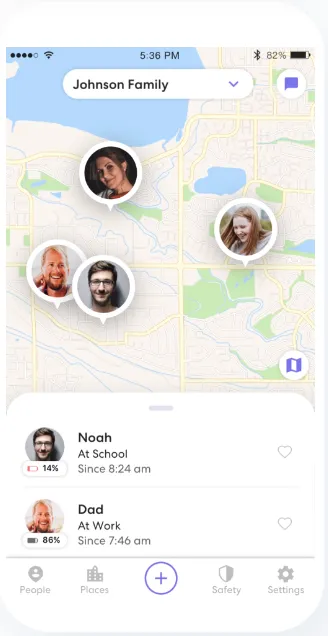
Describe Life360.
Location tracking is Life360’s primary feature. Users of the app can view the locations of other Circle members on a scrolling map of the neighborhood. (Check out this instruction if you want to change the name of your Circle.)
When users enter or exit specified locations, the app sends notifications known as “Place Alerts.” You might configure a notice to alert you, for instance, when your kids arrive at school or a colleague enters the warehouse.
In case of an emergency, users are able to send out “Help Alerts,” which alert their designated emergency contact. Additionally, users have the option to “Check-In,” which enables them to notify the Circle of their precise location.
The software gives users the chance to see the past locations of other users and their location history. Text messages can be sent between the people in your Circle using the in-app chat tool.
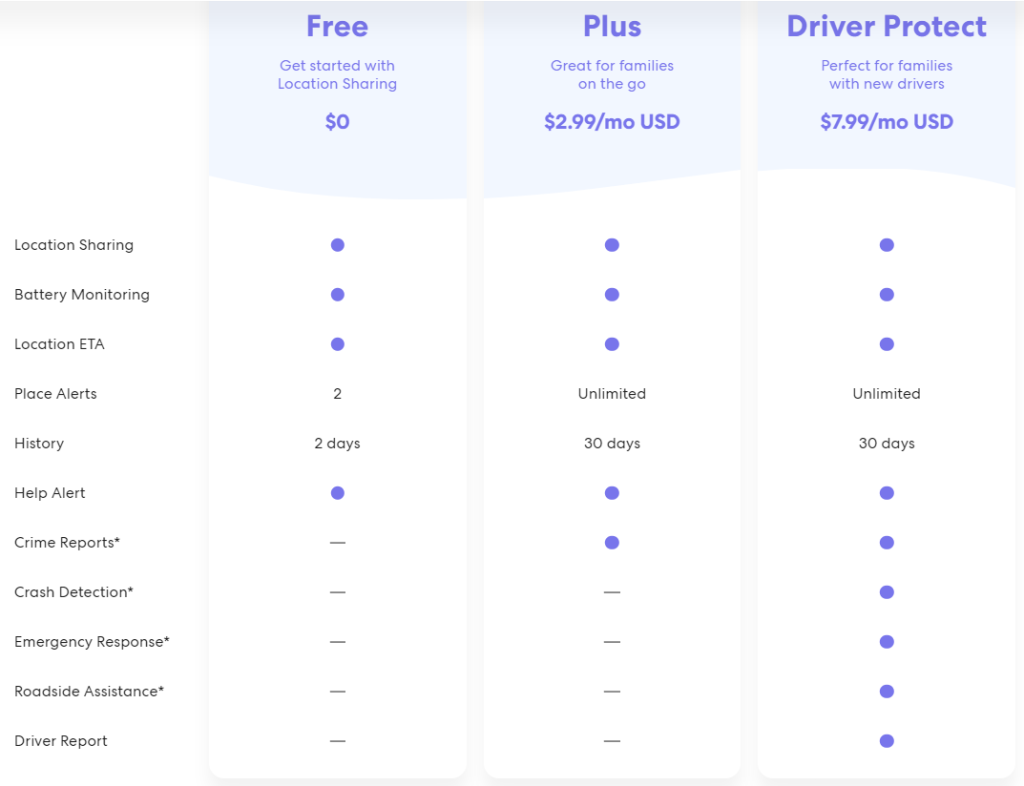
Location tracking is Life360’s primary feature. Users of the app can view the locations of other Circle members on a scrolling map of the neighbourhood. (Check out this instruction if you want to change the name of your Circle.)
When users enter or exit specified locations, the app sends notifications known as “Place Alerts.” You might configure a notice to alert you, for instance, when your kids arrive at school or a colleague enters the warehouse.
In case of an emergency, users are able to send out “Help Alerts,” which alert their designated emergency contact. Additionally, users have the option to “Check-In,” which enables them to notify the Circle of their precise location.
The software gives users the chance to see the past locations of other users and their location history. Text messages can be sent between the people in your Circle using the in-app chat tool.
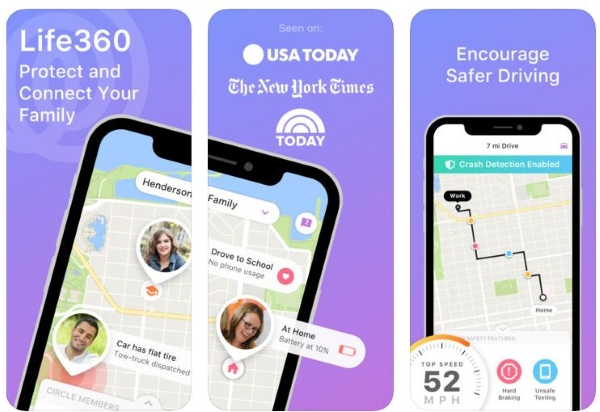
Privacy Issues
Life360’s primary criticism from some users is that they believe it violates their privacy, which it does to some level. Just like parents can keep an eye on their children’s travels, spouses can keep an eye on one another.
Is there a way to get around these privacy issues? Simply said, absolutely.
On Life360, you can hide your location.
You might be interested in finding out how to fake your location on Life360 if you’re worried about privacy. You may take back control of your privacy and feel safer as you go about your day by doing this.
Fortunately, it’s actually rather simple to fake your location. Let’s look at how you can accomplish it on your own.
Does Life360 Send a Notification When Location is Disabled?
To stop being monitored, users can log out of the Life360 app, remove it, and tamper with their phone’s location tracking settings.
However, your last known location will appear on the map along with an alert flag indicating that you are off the grid if you log out of Life360 or lose your data signal. Once your service is back up and running or you connect back into the app, the alert flag will vanish.
You may keep your travels private by using Airplane Mode on your phone, uninstalling the Life360 app, or turning off location tracking in the settings. The owner of the circle may find this rather obvious, but it is undeniably the simplest technique to stop others from following you.
Frequently refreshing your location, like Life360 does, will drain your battery. While you’re out exploring, turning off background app refresh or completely uninstalling the programme can be a good reason for the aforementioned choices.
How Can You Stop Life360’s Location Tracking? – The Burner Sidestep
Getting a second phone, also known as a “burner phone,” and downloading Life360 on it using the same account as you do on your primary phone is probably the easiest way to give Life360 inaccurate information without making it appear like you’re avoiding the location tracking feature.
You exit Life360 on your primary phone, sign in to Life360 on the backup phone right away, and then leave the backup phone in a safe place to give the impression that you are where you are meant to be.
There could be some issues with this tactic. One is that Life360 includes an integrated chat feature; if members of your Circle use it to communicate with you, you won’t see their chats or messages because you and the burner phone aren’t in the same location. This can lead to suspicions.
Another issue is that, if you want to avoid being caught in your covert actions, managing the secret burner phone is a challenging task in and of itself. However, the burner sidesteps technique is simple to use and reliable to execute.
Cover Your Tracks (Android)
You must understand how to spoof your location if having a burner phone is not what you want to do. Let’s look at how to accomplish this on Android first.
Your smartphone’s GPS function functions by acquiring radio signals from a number of satellites orbiting the Earth. This capability is found on almost all smartphones, and it enables your device to pinpoint your location with astonishingly high levels of accuracy. Even a simple smartphone GPS can typically place the device within roughly 15 feet of its real location on a map.
Really, there is no way to trick the GPS satellite network. There is nothing you can do to change the fact that your phone knows where it is. However, because Android smartphones are extremely flexible devices, you may tell the Android software to disregard the data it receives from the GPS sensors and replace data from an app.
This setup involves several steps. Although complicated, it is not tough.
How to Change Your Android Location
The Fake GPS Location app from the Play Store is the first item you will require. Although you are free to use any app you like, we tested this one and found it to be quite reliable. There are other apps available. Despite having an outdated UI, it is dependable and error-free. Install the app for Fake GPS Location, then ignore it for the time being.
The next step is to make your Android phone’s developer settings available. Android phones have a menu option called “developer settings” that lets the phone know you’re using unreleased hardware or software. In essence, it loosens up some security restrictions so you may use challenging applications like the Fake GPS Location app.
To activate developer options, follow these steps.
1.On your phone, select the Settings option.
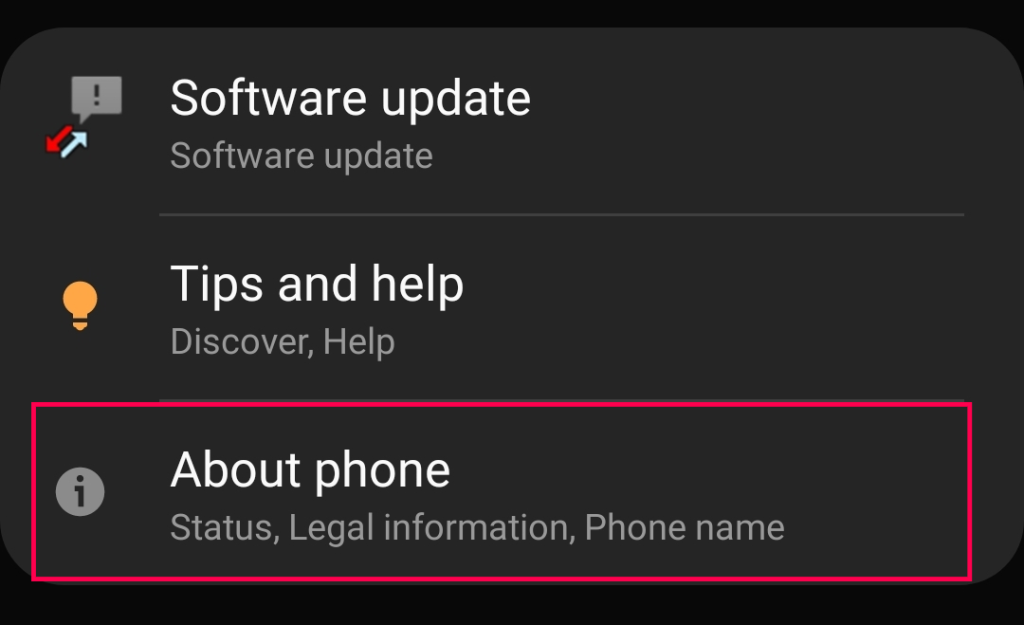
2. Hit the Software Information button.
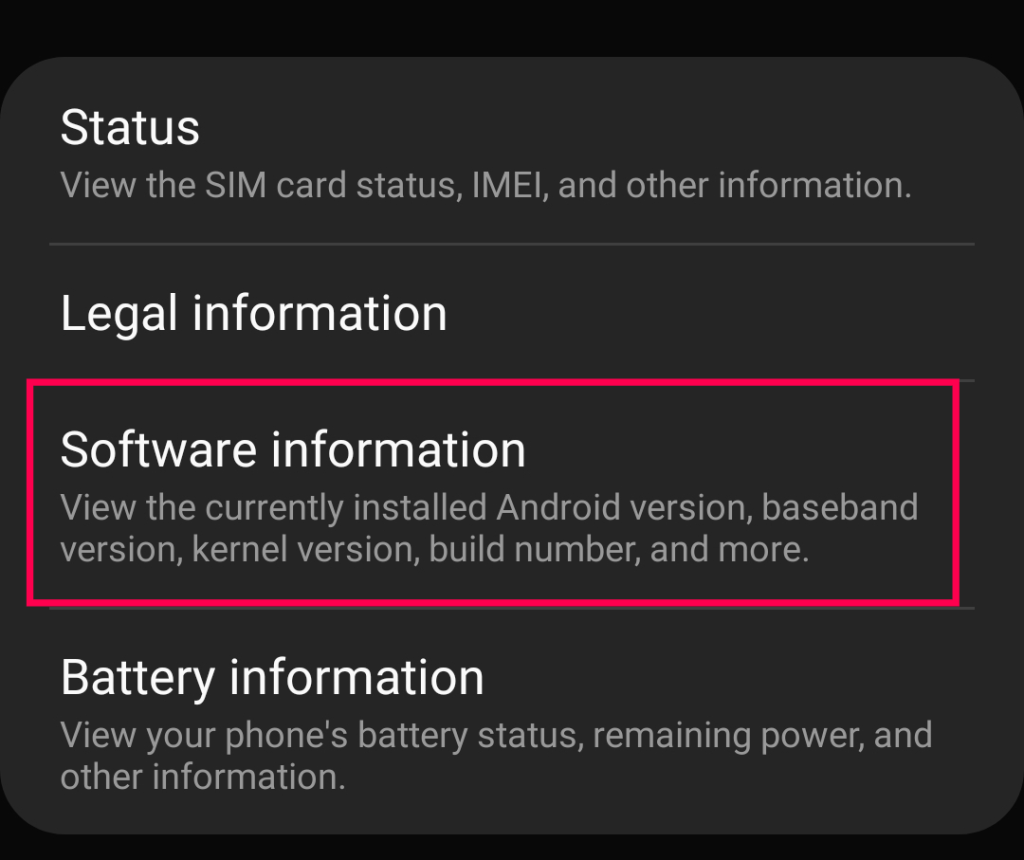
3. Quickly tap “Build Number” seven times to see a Developer Options countdown at the bottom.
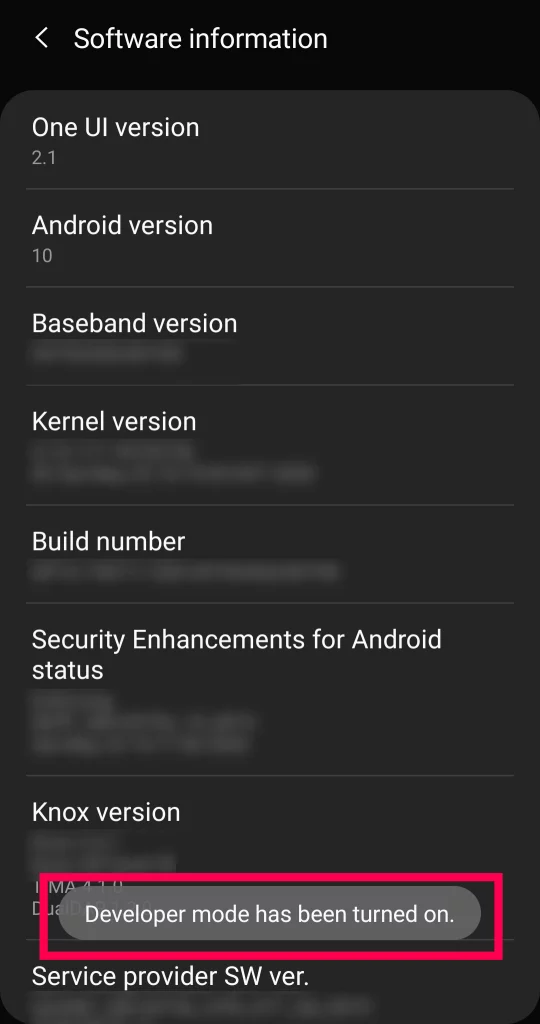
4.Return to “Settings” and look for “Developer Options” at the bottom.
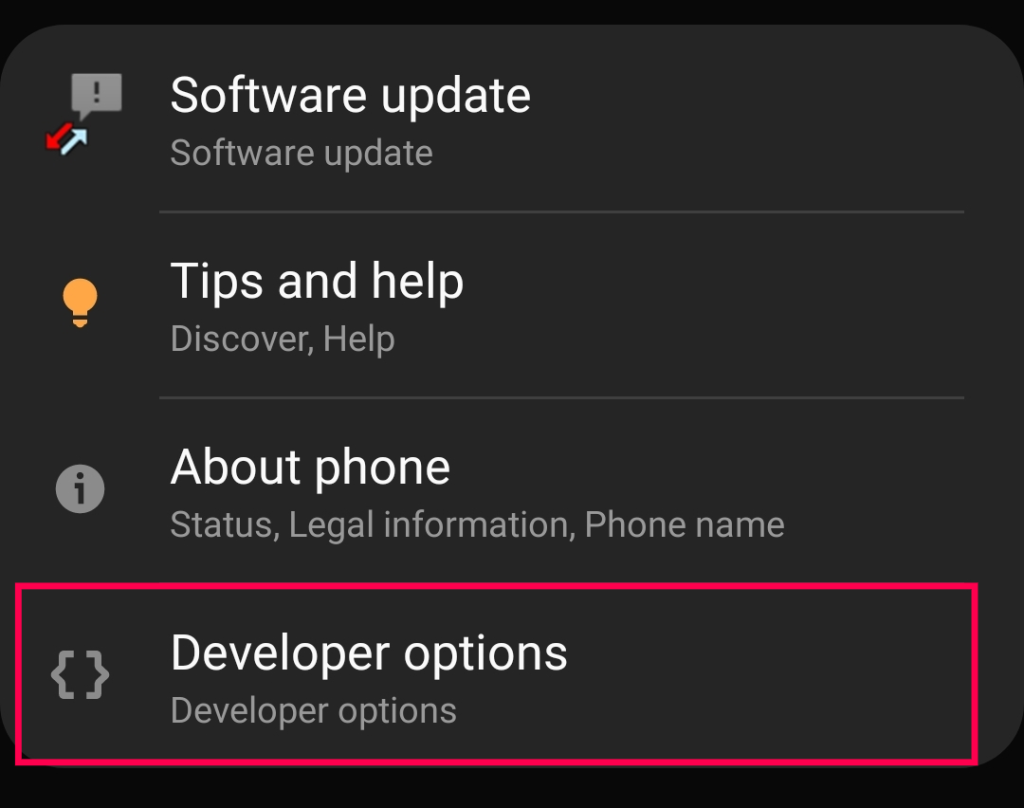
Note: Because some Android versions have different features, use the search icon in the top right corner to discover the choice quickly.
Under Settings->System->Developer Options, you can now visit the Developer Mode settings page.
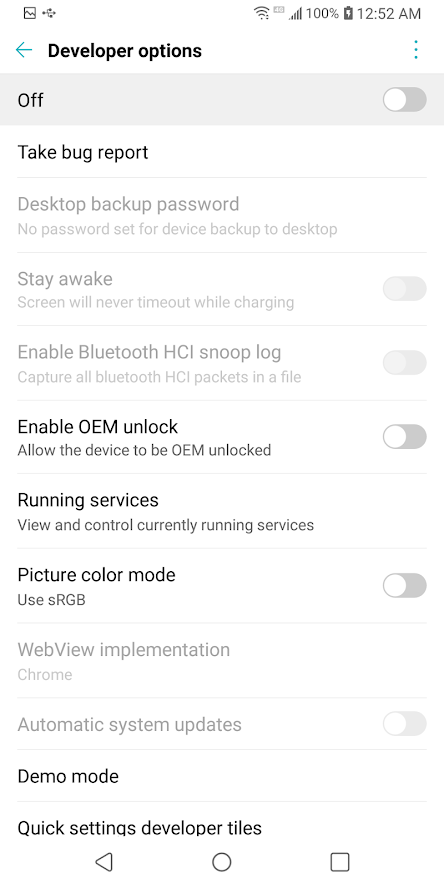
If it didn’t turn on automatically, turn Developer on, and you’re good to go.
If you haven’t already, go to the Google Play store and download the Fake GPS Location app.
The next step is to instruct your phone to utilise the Fake GPS Location app as its GPS.
1.Launch Settings.
2.Click System.
3.Click Developer Options.
4.Select “mock location app” by scrolling down and tapping on it.
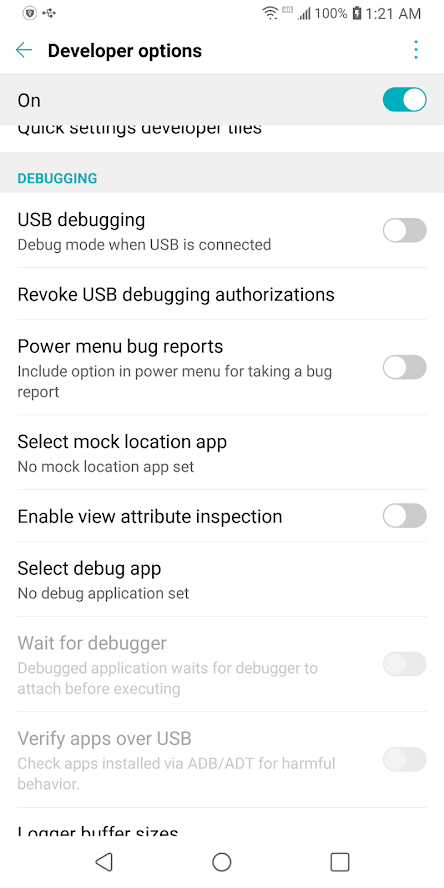
5.Choose the Fake GPS application.
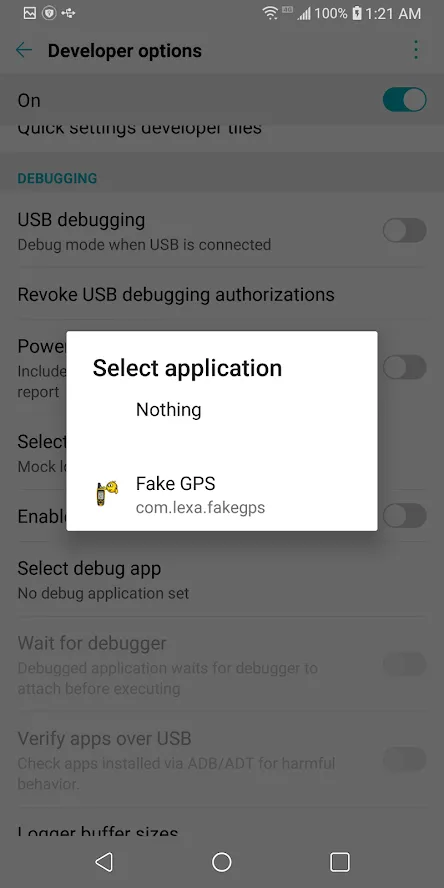
All there is to it is that.
It is now simple to set your location within Life360. Simply launch the Fake GPS Location software and enter the desired location. Once you press the green Play button, your phone will start to think you are where you indicated on the map.
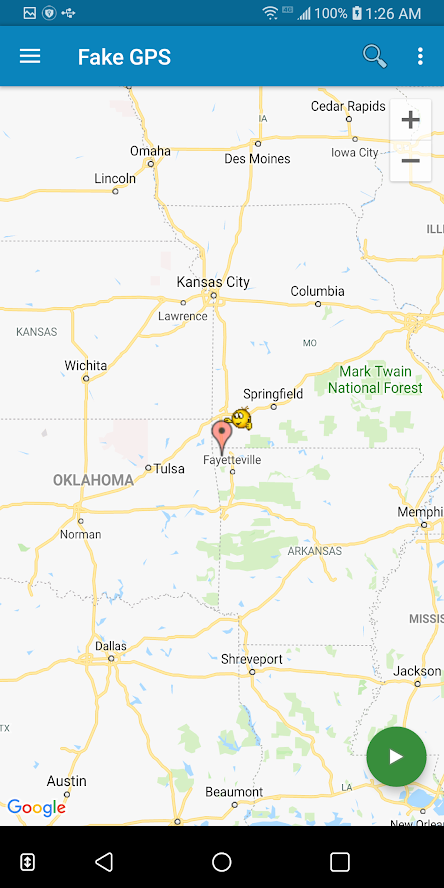
By launching Life360 and checking where you appear on the map, you should be able to confirm that everything is functioning as it should. The location should match what you specified for the Fake GPS Location app.
Falsify Your GPS (iPhone)
On the iPhone, location faking is much more difficult. iPhones are just as competent as Android cellphones, but the iOS operating system is significantly more secure and forbids playing games with reindeer, unlike Android.
Gfaker
Of course, you can always spoof your GPS with a Gfaker gadget. Your phone won’t need to be jailbroken, but the cost of the item may be high. Simply connect the device to your iPhone and change the GPS location to the desired coordinates.
Gfaker is compatible with iOS devices running up to iOS 14.
iTools
On your iPhone, there are no free apps that would allow you to fake a GPS location, but you can accomplish it using a paid app called iTools. Although iTools is capable of more than just GPS spoofing, we’ll simply cover one aspect of the software today. Although you can get a trial of iTools for a few days to try it out, the software is not free. ITools’ single-user licence costs $30.95.
Additionally, you connect your iPhone to the computer using a data cable, much like you would with iTunes, by running iTools on a desktop Mac or Windows PC. This implies that instead of accompanying you on your covert expedition, your iPhone will remain with your PC.
These instructions will let you configure GPS spoofing on your iPhone after installing iTools.
1.On the iTools panel, click the Toolbox icon.
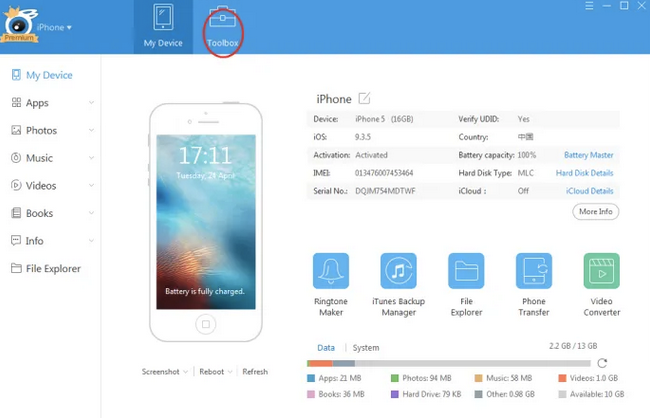
2.Select the Toolbox panel’s Virtual Location button.
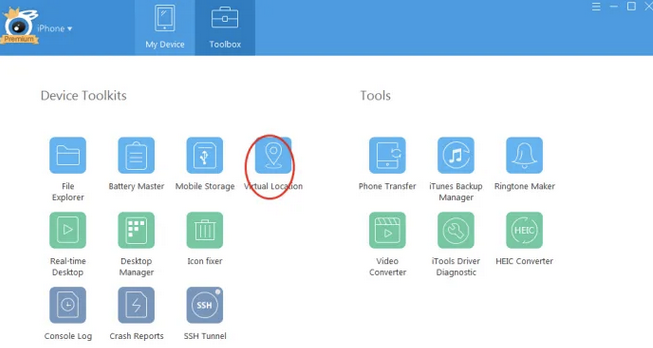
3.Click Move Here after entering the address you wish to use as your location’s fake in the text box.
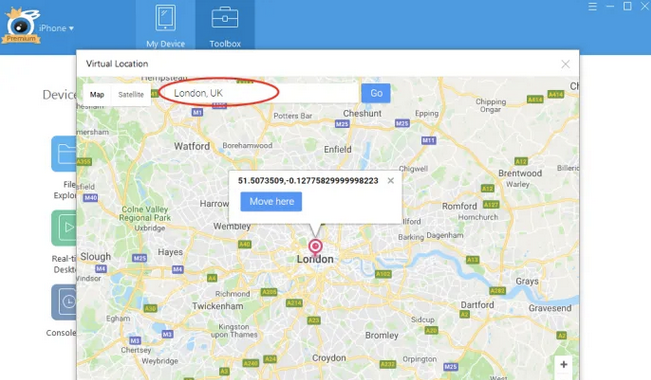
4.Visit Life360 on your smartphone and carry out your desired actions in your “new” location.
5.Select Stop Simulation in iTools to stop GPS spoofing.
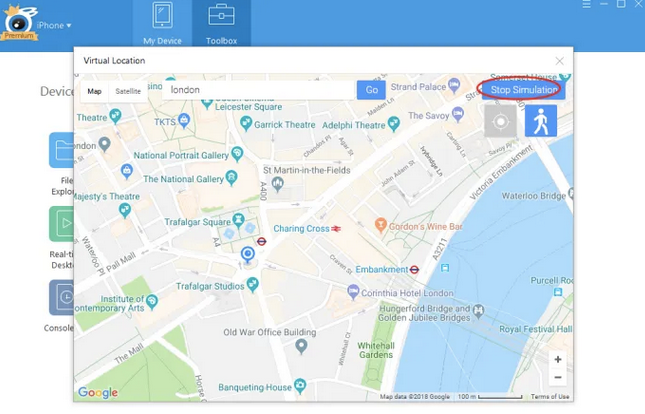
It won’t do the job as elegantly as the Android platform does, but it will work.
Questions and Answers
Can I remove my Life360 history?
You can’t easily change your location on Life360. Sadly, the services make it difficult to wipe your history. The app not only lets people in your circle see where you’ve been, but it also displays driving alerts, top speed, and other information.
Regrettably, closing your Life360 account is the only method to remove your history. We have a lengthy post with further details on this subject here.
Can I spoof my location on an iPhone without jailbreaking it?
There aren’t as many ways to tamper with your GPS location on Apple devices as there are on Android ones because it’s not precisely permitted. You can still use one of the aforementioned techniques or download the Life360 software to a different device and then disable it on your iPhone.

-
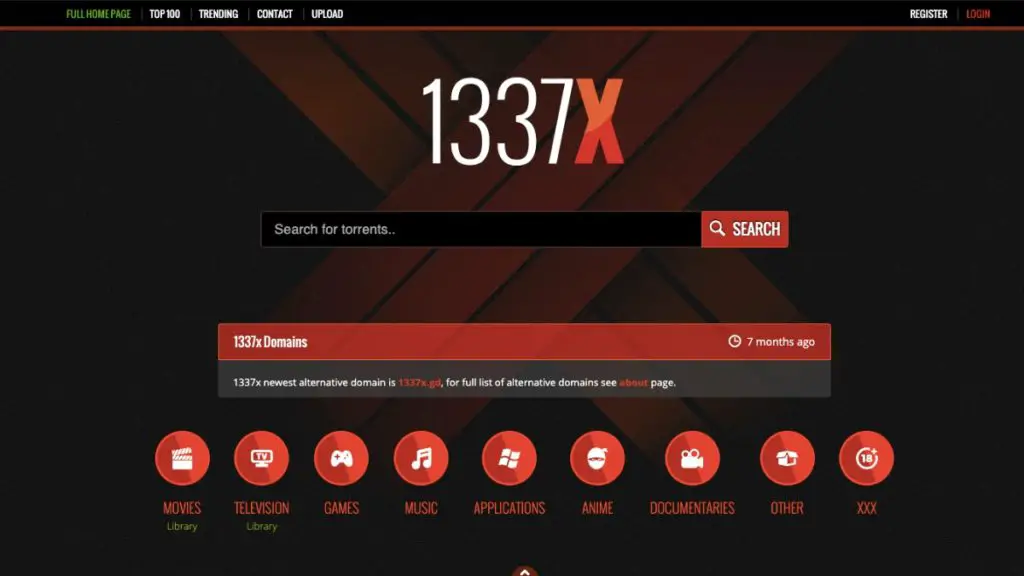
 List7 months ago
List7 months ago1337x Proxy List For 2022 [100% Working 1337x Mirror Sites]
-
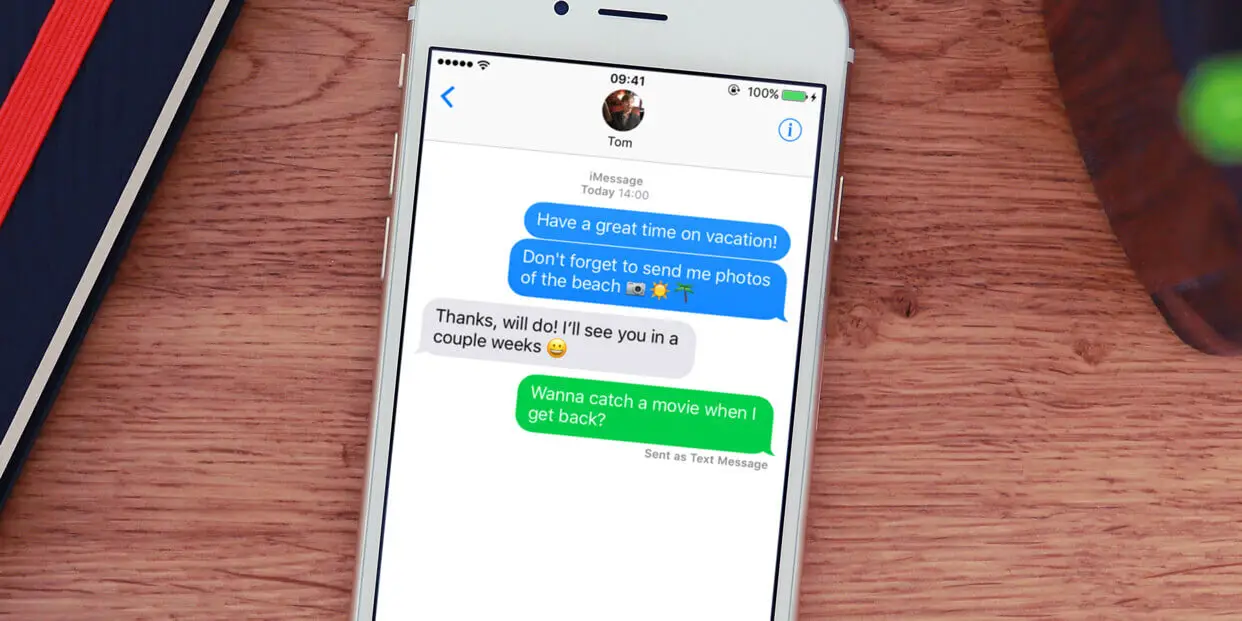
 Explained7 months ago
Explained7 months agoWhy Did iMessage Turn Green Explained!
-
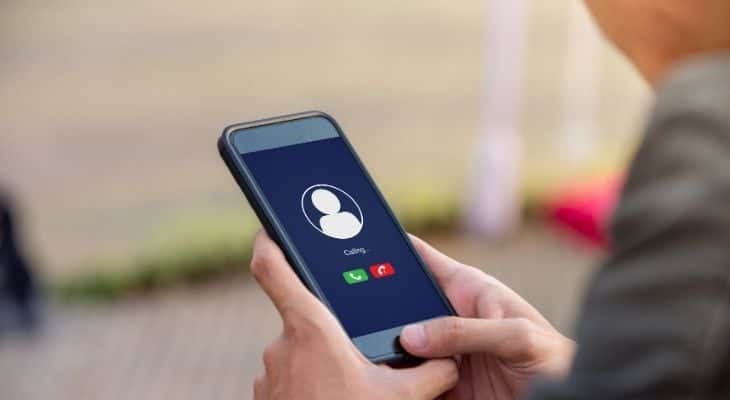
 How Tos7 months ago
How Tos7 months agoHow To Get A Specific Phone Number for yourself?
-
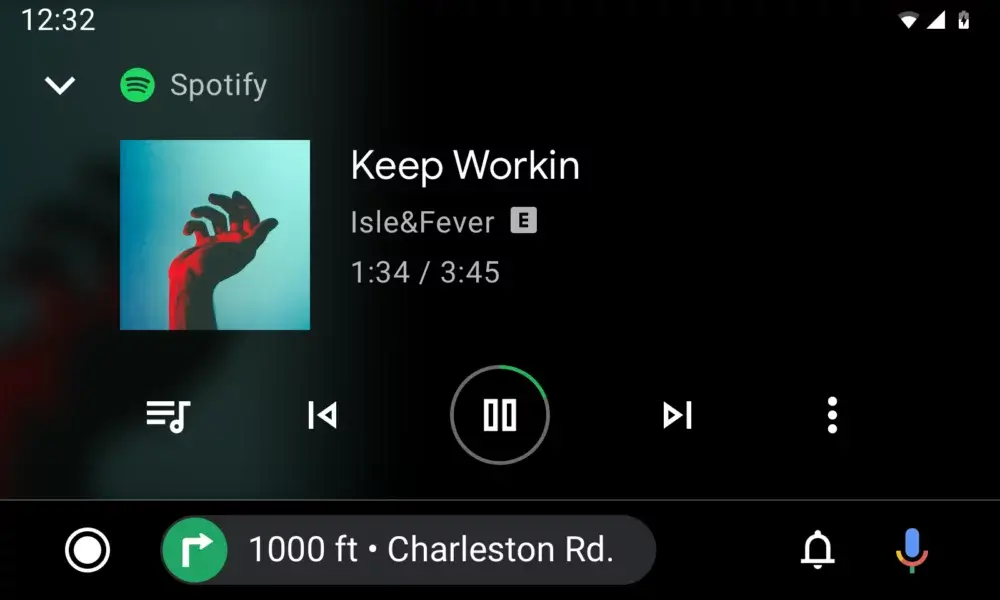
 List3 years ago
List3 years ago11 Best Music Players for Android Auto
-

 Explained7 months ago
Explained7 months agoWhat is Android System WebView? Should You Delete it?
-

 How Tos7 months ago
How Tos7 months agoHow To Fix This Webpage Is Not Available Error In Google Chrome
-
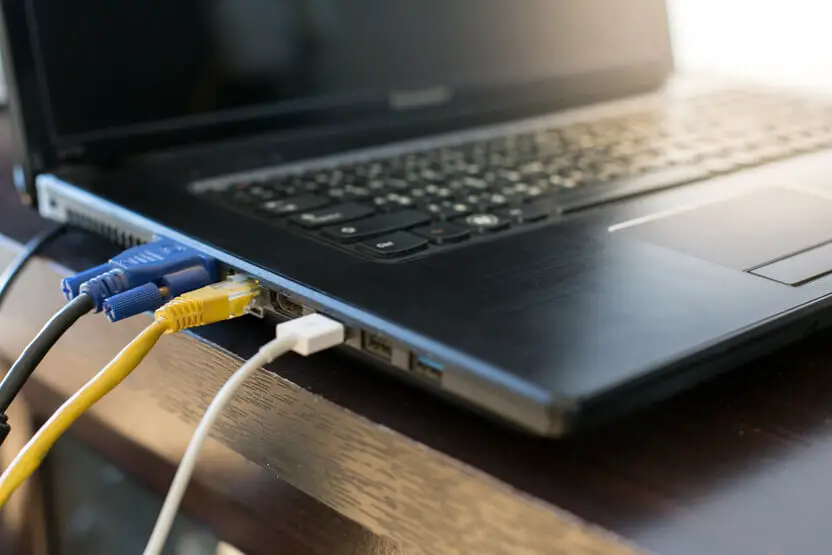
 Explained7 months ago
Explained7 months agoHow Can Monitors Be Connected By USB? (Explained)
-
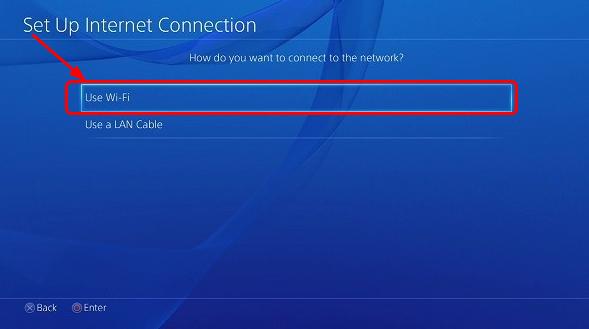
 Gaming7 months ago
Gaming7 months agoWhy Can’t I Connect to 5GHz WiFi On PS4? [Solved!]

